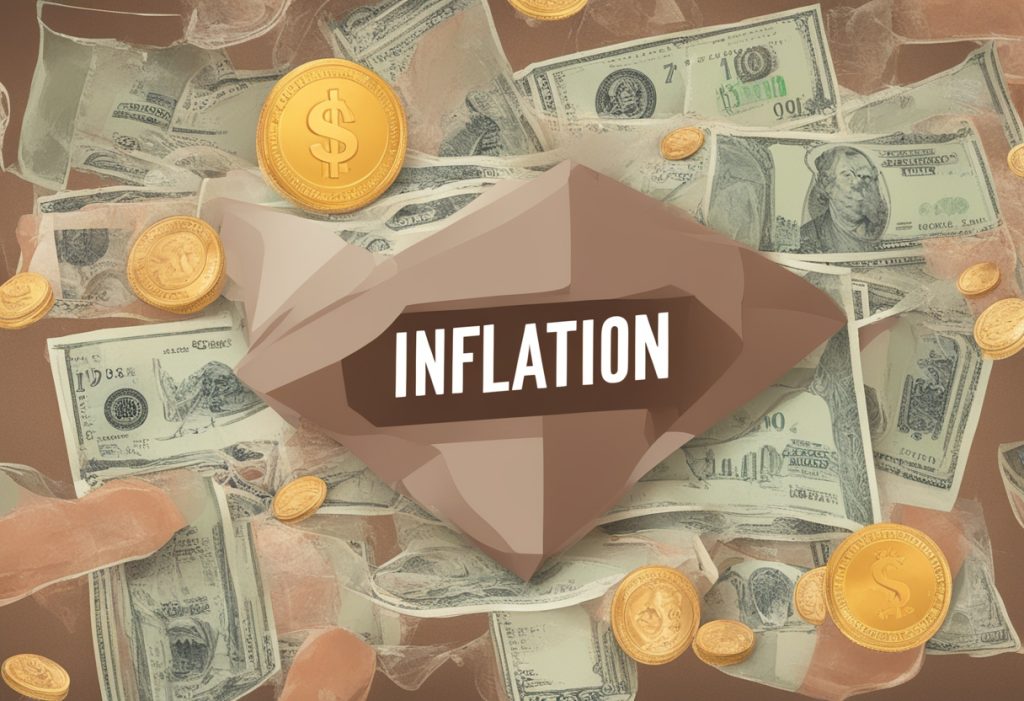The rate of inflation in the United States slightly declined in April, ending at 3.4%, exactly as predicted by the analysts. The U.S. Labor Department announced this Wednesday, pointing out the small drop from March’s 3.5%.
The day prior, Federal Reserve Chair Jay Powell reiterated the prospect of maintaining high interest rates to fight recalcitrant inflation.
US President Joe Biden is out on a quest. With the November election fast approaching, he has been working nonstop to change the way voters see his economic leadership.
These figures are even more important because soaring inflation has been eroding support ratings.
Related: Dollar Dominance: Friend or Foe for International Trade?
Core consumer prices for April increased 3.6% year over year after removing the erratic food and energy sectors. This is an increase of 0.3% instead of the 0.4% increase in March.
There is some comfort here, as the rate of price increase seems to be slowing down following a time of alarmingly high inflation numbers that sparked concerns about the state of the world’s largest economy.
The Labor Department reports that while the decrease from 3.5% to 3.4% over the previous year may not seem like much, it is noteworthy enough to draw attention.
Principal contributors? The typical suspects raising living expenses are higher rent and gas prices.
But analysts are in a bit of a tizzy, not expecting this little drop in inflation to halt the heated discussions about interest rate adjustments by the US central bank.
Keeping a constant main interest rate of 5.3% since July, the Fed is betting that these almost two-decade-high borrowing rates will lessen the inflationary pressure.
Analyzing US Inflation Trends: Insights from Labor Department
Rate reductions have been pushed farther into the future as 2022 draws near, with steady economic growth and prices continuing to rise over the Fed’s comfort level of 2% a year.
There are rumors that the US economy may be about to slow down because a look at retail sales from the same Wednesday shows that consumer spending hasn’t changed since March.
Major retailers are sending out concerning signals that the less wealthy are tightening their belts, which is why there are these retail downturns. This is not exactly the news you need to know when attempting to assess economic stability.
Further, the Labor Department identified some areas—new and used vehicles, furniture, toys, and airline tickets, to mention a few—where prices are down from the previous year.
Even with drops in costs for eggs, milk, cheese, and other dairy products, masked by increases elsewhere, food bills are still rising, up 1.1% from last year.
Important components of housing costs—rent and house prices—have increased by 5.5% year over year. And the rise has continued into medical and auto insurance costs.
Including the erratic food and energy industries, the price increase over the last year has been 3.6%, the lowest since 2021.


